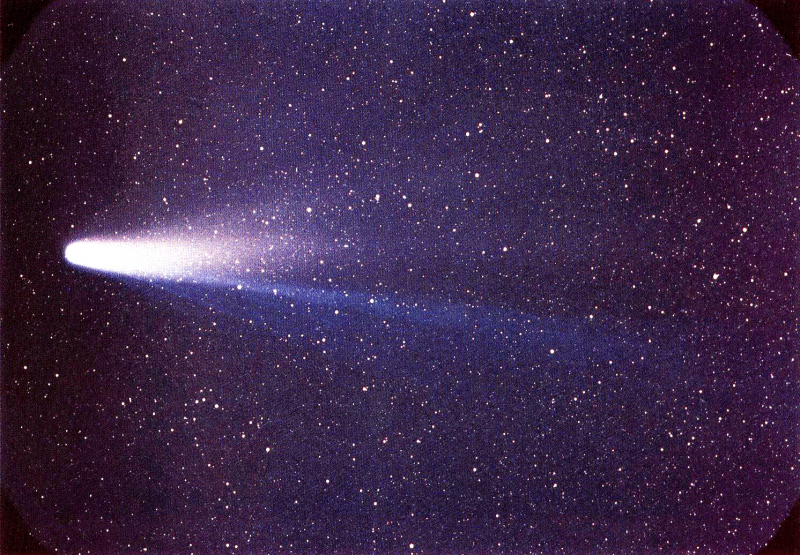The re-emergence of the comet bearing his name was foreseen by Edmund Halley.
Halley began researching gravity, the force responsible for controlling planetary motion, soon after his return to England. Halley made improvements to Newton's planetary motion laws. An essential detail about Edmund Halley is that he identified a comet that frequently returned to the same orbit based on these principles and the findings of observations. This was the first comet that was given periodic status. It was given the Halley name afterwards.
Perhaps Halley's greatest contribution to astronomy was his analysis of comets' periodic nature. He gathered and examined all comet sightings that were made, and in his Synopsis of the Astronomy of Comets (1705), he estimated the parabolic orbits of 24 comets that ranged in age from 1337 to 1698. Three of them (1531, 1607, and 1682) had orbital components that were so similar that it seemed possible they were all subsequent returns of the same object, whose period of rotation was around 76 years and whose orbit was an immense elongated elliptical rather than a parabola. In 1758, Halley correctly anticipated the comet's return and postulated that subsequent comets may likewise have elliptical orbits. In 1835, 1910, and 1986, the comet that is now known as Halley's made its scheduled returns.








